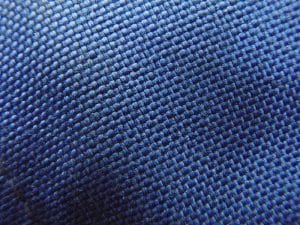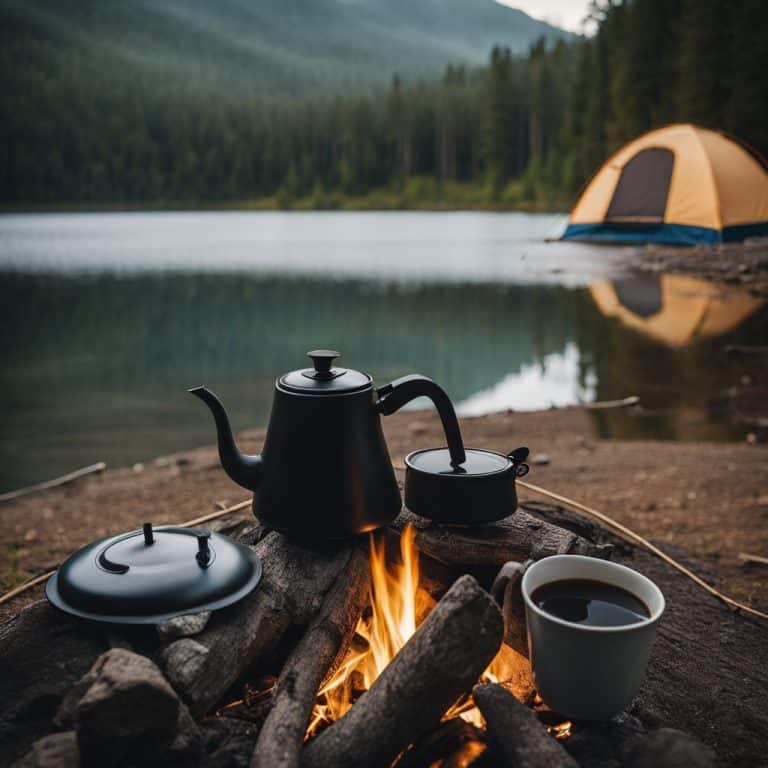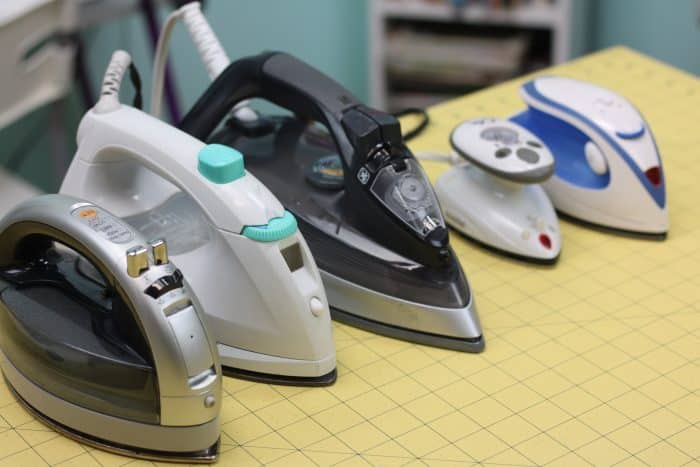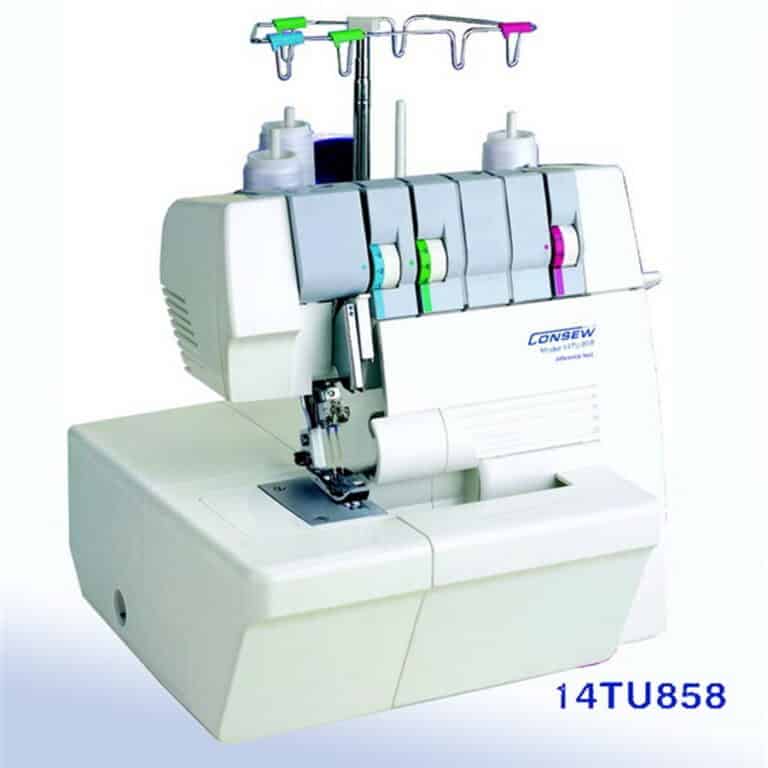Ballistic Fabric: History, Properties, Uses, Care, Where to Buy
 If you’re searching for an extremely durable and heavy-duty cloth, then there is only one option that should pop-up in your mind, and that is the Ballistic Fabric. This human-made fabric is not only sturdy but extraordinarily thick and firm, which makes it the best fabric choice for many household commodities.
If you’re searching for an extremely durable and heavy-duty cloth, then there is only one option that should pop-up in your mind, and that is the Ballistic Fabric. This human-made fabric is not only sturdy but extraordinarily thick and firm, which makes it the best fabric choice for many household commodities.
Not only does the flat weave pattern of this cloth give it uniformity, but it also gives it a very leveled finish. The durability and the high resistance to the cutting of this fabric make it one of the best contenders for making exceptional combat and non-combat items.
Table of Contents
History of Ballistic fabric
During the Second World-War, the DuPont Ballistic labs were given the responsibility for developing this remarkable blend of Nylon. As the name suggests, this cloth was initially made for helping the airmen survive during ballistic impacts.
Many flak jackets and body armor components were made out of this piece of cloth to protect the fliers and aviators from various fragments in the sky. However, the primary application of the fabric shifted in the late ’70s and ’80s, and it was being used in other industries like the luggage industry.
Properties of Ballistic Fabric
Abrasion resistance:
The ‘ballistic weave’ of this fabric (2×2 basket patterned) is exceptionally compact, taut, and rigid. This unique and globally admired weaving style maximizes its ability to resist many wears and tears, thus keeping the surface intact.
High tensile strength:
Ballistic Nylon is one of those fabrics that can withstand a lot of stress when it is being pulled, and it would survive without actually breaking. This particular characteristic makes it extremely superior in terms of its quality as well as its performance.
Water resistance:
Many varieties of Ballistic fabric are water-resistant because they heavily coated with an organic polymer known as ‘polyurethane’. Collectively, the end product repels the molecules of water and makes it durable and far more long-lasting.
Tough and Thick:
Ballistic Nylon is exceptionally thick, and this real property also makes some of its varieties’ bulletproof’. The toughness of this fabric also makes it resistant to punctures.
Uses of Ballistic Fabric
Luggage making:
The Ballistic cloth is used in making a lot of bags and baggage. Although it is a single-layered fabric, still it’s trendy among the consumers due to its strength and its compact-weave, which doesn’t allow many abrasions.
Clothing:
Even though, this Nylon isn’t as standard as it used to be in the ballistic clothing still it’s popular in the manufacture of other clothing items like motorbike jackets, thick belts, and different varieties of watch bands. This fabric is also used in making high-quality knife sheaths.
Furniture:
This Nylon variety is used in the making of different components of office furniture. It is used onto the outer side of sofas, chairs, coffee tables as well as open files for protection against sharp objects.
Small-sized watercraft:
Narrow skin-boats are also made out of Ballistic Nylon. The outer covering of tiny skin-on-frame Kayaks is made of this very fabric.
Care of Ballistic Fabric
Most of the varieties of Ballistic Nylon are pretreated so that it repels water, splashes, and smudges. There’s not a lot of science that goes into the maintenance of this fabric, and it can be cleaned using just a small-toothed brush, water, a necessary detergent, and a cloth to wipe off access moisture.
Apart from that, it should be kept in mind that the fabric shouldn’t be treated repeatedly with bleach or even alcohol because these chemicals can disintegrate the molecular structure of this material.
Where to buy Ballistic Fabric
We recommend buying Ballistic fabric at https://amzn.to/4b6kxLB.






